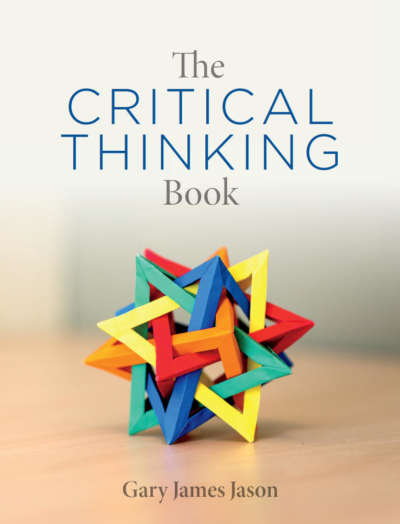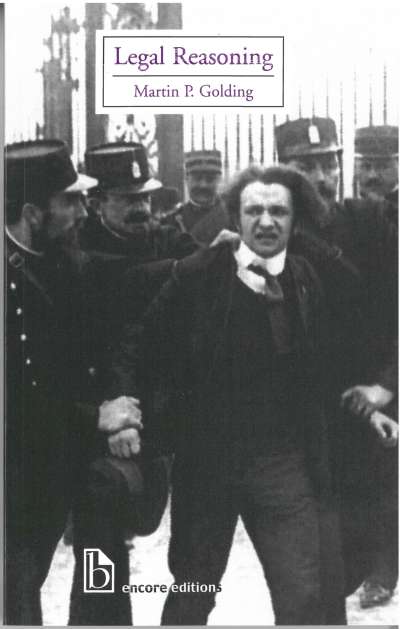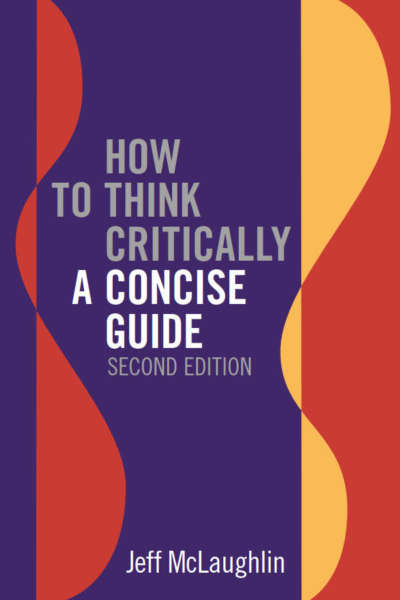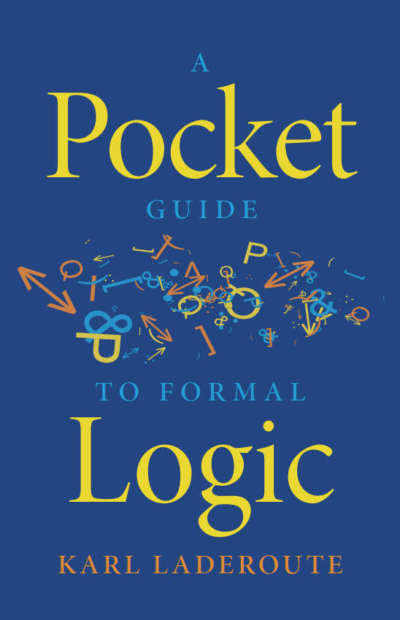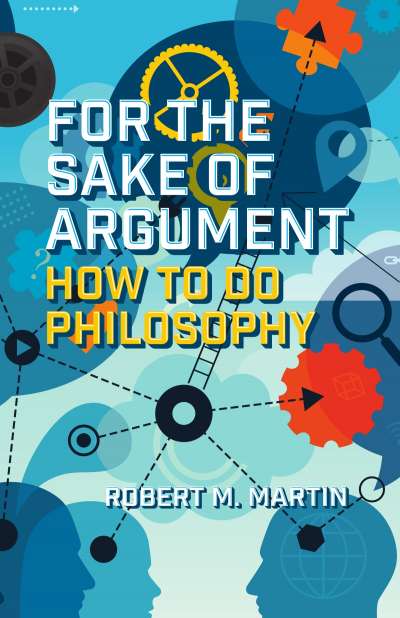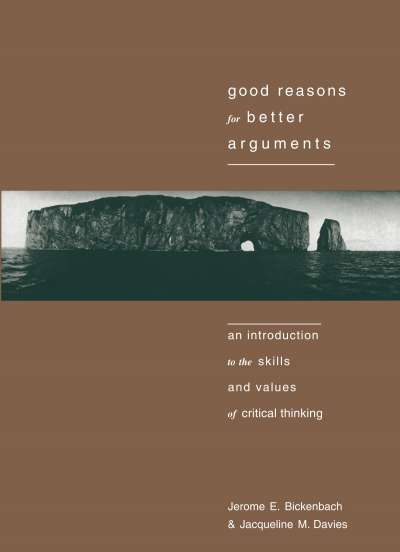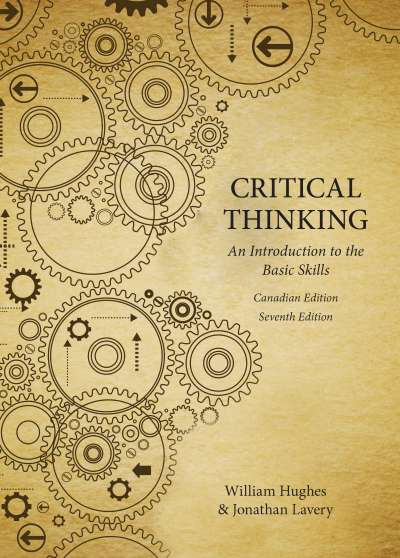Making Up Your Mind is oriented toward the writing of arguments. It gives students techniques that they can use to better understand, organize, and present their own thoughts. The book provides an exceptionally clear statement of what critical thinking adds to the study of logic, along with complete and systematic coverage of all crucial logical operators and major logical relations. It also offers exceptionally clear and informative discussions of the definition of argument, the distinction between induction and deduction, and the role of emotion in argument.
The second half of the book presents an argument outline which students can use to organize virtually any ethical argument. This outline is also used to illustrate the most important informal fallacies and how they can be avoided. In its closing chapters, the book discusses the nature of good evidence and good sources of evidence and their role in argument. Included are discussions of scientific method, the logical form of arguments about causal theories, and arguments from analogy.
Acknowledgements
Preface
Introduction
Section 1: Thinking
Section 2: Assertions
Section 3: Critical Thinking and Logic
Section 4: Facts versus Opinions
Section 5: A Brief Introduction to Argument
Chapter One: Assertions
Section 1: Types of Sentences
Section 2: Ambiguity
Section 3: The Logical Form of an Assertion
Chapter Two: Implication
Section 1: Implication between Assertions
Section 2: Implication within a Conditional
Chapter Three: Contradiction
Section 1: Subject-Predicate Assertions
Section 2: Conjunctions and Disjunctions
Section 3: Goals and Alternatives
Chapter Four: Conditionals and Universal Assertions
Section 1: Conditionals
Section 2: What Makes a Conditional True
Section 3: Universal Assertions
Section 4: Contradicting a Universal Assertion
Section 5: Contraries to a Universal Assertion
Section 6: Counter-examples
Section 7: Quantified Assertions with Complex Predicates
Chapter Five: Prescriptive Assertions
Section 1: Prescriptive Terms
Section 2: Types of Values
Section 3: Quantified Prescriptive Assertions
Chapter Six: Explanations
Section 1: Explanation Indicators
Section 2: The Logical Form of a Syllogism
Section 3: Causal Explanations
Chapter Seven: Arguments
Section 1: Argument Indicators
Section 2: The Argument Outline
Chapter Eight: Validity, Deduction, and Induction
Section 1: Validity
Section 2: Checking Syllogisms for Validity
Section 3: Validity and Soundness
Section 4: Deduction
Section 5: Induction
Section 6: Validity and Logical Conflict
Chapter Nine: Unstated Premises
Section 1: Implicit Premises
Section 2: General, Unstated Premises
Section 3: Argument Reconstruction
Chapter Ten: Relevance
Section 1: Direct Relevance
Section 2: Indirect Relevance
Section 3: Necessary and Sufficient Conditions
Chapter Eleven: Basic Fallacies of Relevance
Section 1: Begging the Question
Section 2: The Straw Man Fallacy
Section 3: Ad Hominem Fallacies
Section 4: Shifting the Burden of Proof
Chapter Twelve: Fallacies of Emotional Appeal
Section 1: Basic Types of Emotion
Section 2: The Relevance of Emotion in Thinking
Section 3: The Relevance of Emotion in Argument
Section 4: The Irrelevance of Emotion in Argument
Section 5: Fallacious Appeals to Anger
Section 6: Fallacious Appeals to Gratitude
Section 7: Fallacious Appeals to Fear
Section 8: Fallacious Appeals to Hope
Chapter Thirteen: Sources of Evidence
Section 1: Primary Sources of Evidence
Section 2: Conditions of Observation
Section 3: Qualifications and Expertise
Section 4: Bias
Section 5: Consensus of Opinion
Chapter Fourteen: Causal Arguments
Section 1: The Form of a Causal Argument
Section 2: Post Hoc Fallacies
Section 3: Correlation-to-Cause Fallacies
Section 4: Scientific Causal Arguments
Chapter Fifteen: Arguments from Analogy
Section 1: Inductive Generalization Arguments
Section 2: Basic Inductive Analogies
Answer Key
Index
Robert Mutti teaches in the Department of Philosophy at San Francisco State University.


